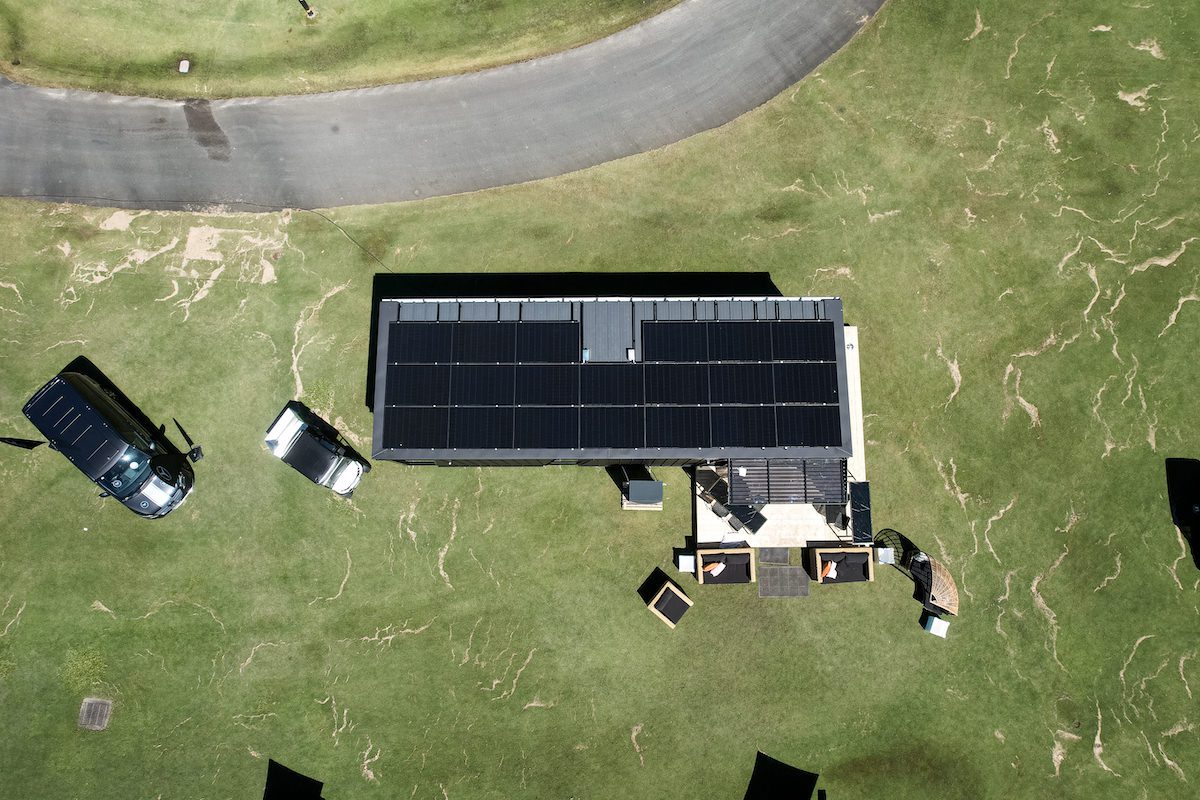You may have heard us use the term “embodied energy”. We thought we’d break things down to better explain what it means and why this is so important to our business model, values and the kind of impact we have on the environment.
With a commitment to softening our environmental footprint, sustainability is engrained in the ModnPods DNA and is incorporated throughout the design, build and installation of our Modular Pods. Each Pod is manufactured to the highest quality for longevity, health and sustainability, ensuring the lowest possible total embodied energy.
So, what is embodied energy? Well, according to Australia’s Guide to Environmentally Sustainable Homes, the embodied energy of a building, or in our case a Pod, is the calculation of all the energy used to produce the materials that make up that building or Pod. It includes the energy used in mining, manufacturing and transporting the materials, as well as the services in the economy that support these processes.
The total embodied energy of a ModnPod is the total energy needed for:
- Production of the materials used in the initial construction at our factory
- Production of all the materials used in repairs or maintenance over the life of the Pod
- Transport of the materials to our factory
- The energy we use on-site for Pod production

This same formula can be applied to any product you buy, that’s why it’s important, as consumers, that we seek out locally-made products.
We intensively research sustainable suppliers, partnering with only the best possible whose values align with our own, and consciously source materials to significantly change and minimise the embodied energy of a ModnPod. Generally speaking, the more processed a material or product, the higher its embodied energy will be.
This too applies to the total physical distance a material will have to travel to get to our factory, taking into consideration the fuel used, the carbon emissions, the wear and tear of the vehicle and roads, and more.
For this reason, the proximity of a material source is a major deciding factor for us. This has resulted in 90% of our materials being Australian-made and the majority of those are located within close proximity to our Gold Coast factory. The closer the better.
Materials also have varying abilities to be reused or recycled, which too has an impact on the total embodied energy of a product. For this reason, we consider their entire lifecycle to ensure, where possible, materials are either recycled, recyclable or originate from renewable sources. This has resulted in at least 70% of all materials we source being recyclable at the end of their useable lives.
As mentioned above, to achieve a Pod that is truly low energy, not only do the materials need to be considered, but the production processes used too. We soon will be moving into our state-of-the-art production facility which is powered by renewable energy sources, greatly minimising the environmental impact of our production process. This larger warehouse also means that we’ll be able to reduce the turnaround time of pod, increasing output efficiency.
Lastly, the operational energy of a Pod needs to be considered, for the total lifespan of embodied energy to be calculated. For this reason, we have designed and engineered our Pods for maximum energy efficiency to ensure the impact they have on the environment is as minimal as possible. We use top quality commercial grade insulation to reduce the need for heating and cooling resulting in fewer CO2 emissions, and we’re committed to reducing our use of any toxic or hazardous materials. We also offer the option for all of our Pods to be fully off-grid and self-sufficient with net zero emissions, relying solely on solar power for clean energy.
Our daily mission is to create healthier and more sustainable modular solutions to change the way people live, work and play. And we will continuously strive to innovate to ensure the lowest possible embodied energy for each Pod.
Learn more about our design principles here